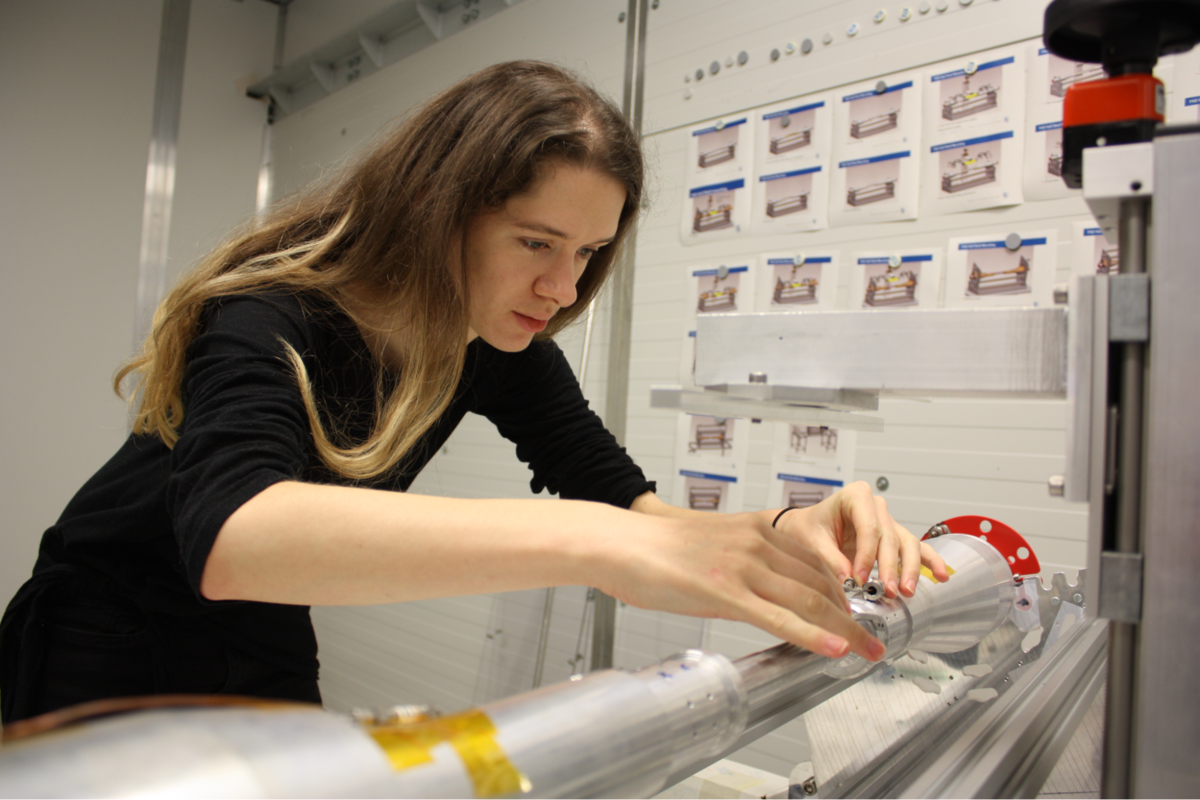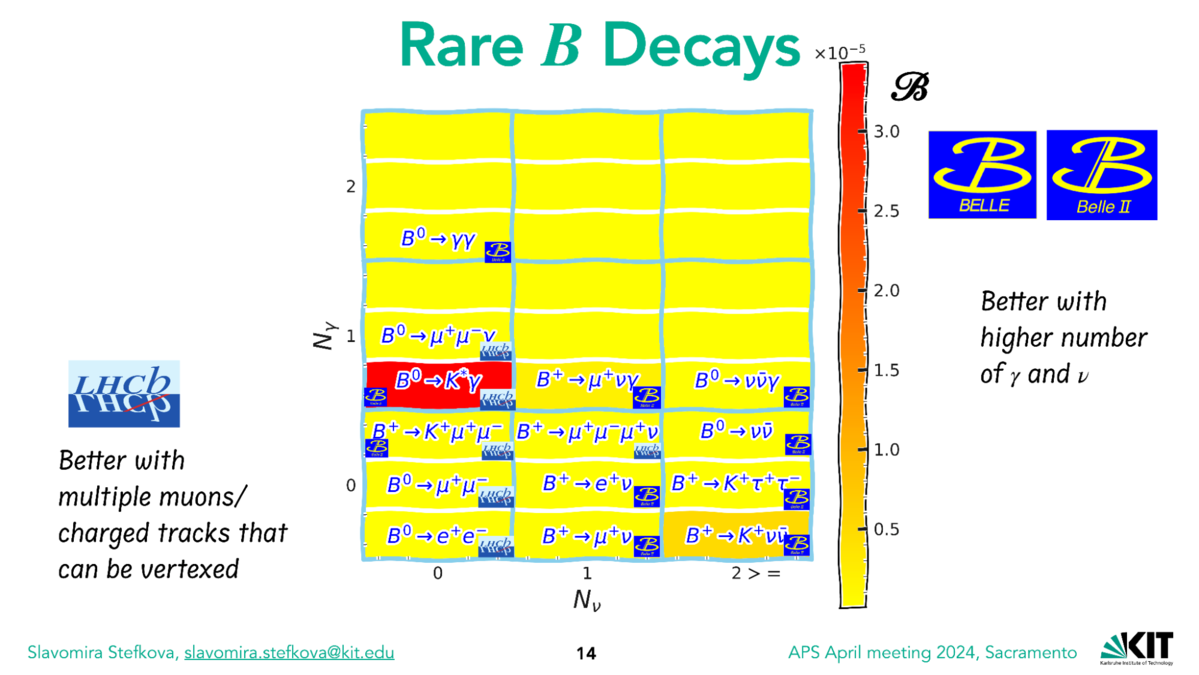Sally Stefkova appointed Belle II “Electroweak and Radiative Penguin” physics group convenor
ETP PostDoc Sally Stefkova has been appointed co-convenor of the “Electroweak Penguin” (or short “EWP”) physics group. Her two-year-term started April 1st 2024. The Belle II Physics program is organized in eight physics subgroups covering different areas, from hadronic B-decays, BSM searches, to Electroweak Penguin B-decays. The name “penguin” was first used by theorist John Ellis for higher order loop transitions because he “(...) made a bet that if I lost I had to put the word penguin into my next paper.”
Stefkova explains: “When asked why I like co-convening the EWP group, my simple answer is that I like penguins. But here's the detailed answer: I'm thrilled to co-convene this physics working group because we have over 60 motivated physicists worldwide working on more than 20 different analyses.”
Analyses in the EWP working group include inclusive and exclusive b->s/d ll processes (e.g., B->K nu nubar, B->K l+l-, with l = e, mu, tau), radiative b->s/d gamma (e.g., B->K* gamma), helicity suppressed fully leptonic processes (e.g B->l+ l-, with l = e, mu, tau), and forbidden lepton-flavor violating processes b -> s/d transitions (e.g., B->tau- l+, with l = e, mu). Stefkova takes over convenership as many Run 1 analyses are being finalized, showing better sensitivities compared to the predecessor experiment Belle despite the smaller dataset, thanks to the upgraded detector and improved analysis techniques. “This makes me excited about upcoming conferences, where we plan to show the results”, Stefkova adds. Compared to the competitor LHCb, Belle II excels in B-decays involving neutrals (neutrinos, gammas), have higher efficiency with final states involving electrons, and can perform inclusive analyses. While LHCb leads with multiple muons in the final state, Belle II can help confirm their findings. Stefkova explains: “My personal goal for my convenorship apart from thoroughly reviewing analyses, ensuring timely delivery of results, and maintaining communication with management, is to create and push for analyses that have never been done before to measure the observables that could help us find new physics.”.
The ETP was involved in the recent publication “Evidence for B->Knunubar decays” (Phys. Rev. D 109, 112006 (2024)) and is active in the area of B->K tau+tau- decays.
Contact: Prof. Torben Ferber



